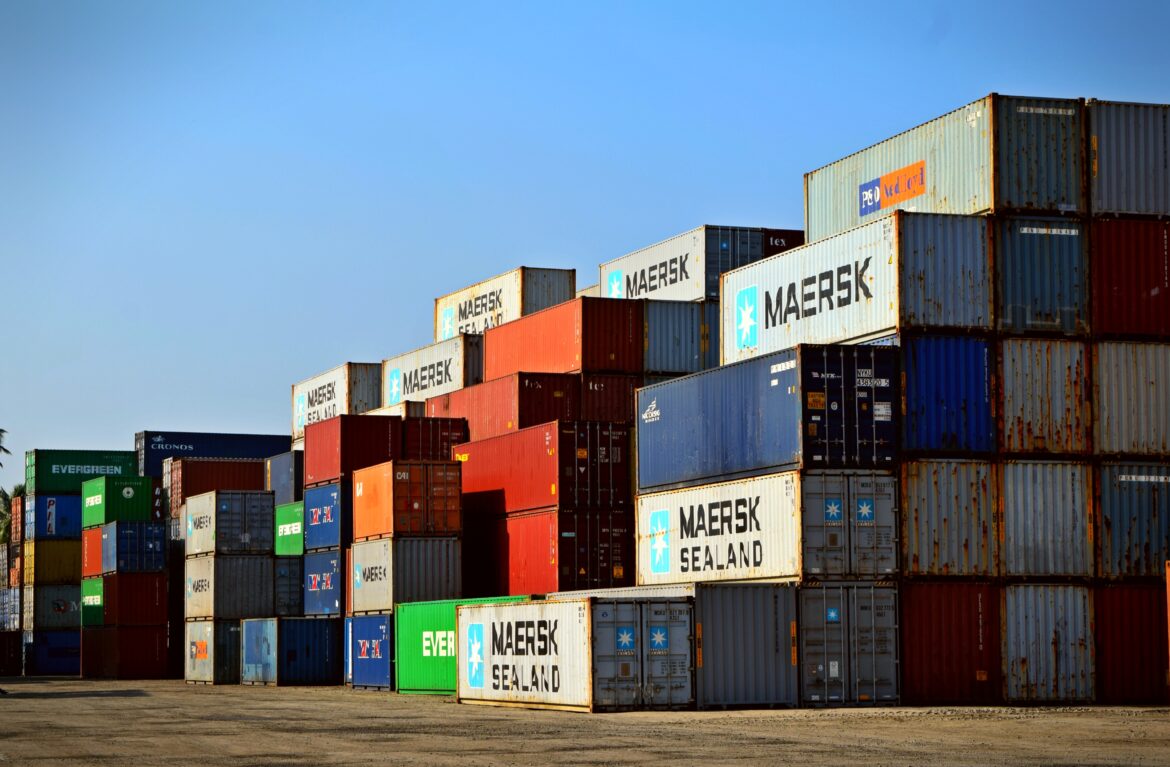In the world of logistics and transportation management, precision and efficiency are paramount. Every penny saved, every error corrected, contributes to a streamlined operation and healthier bottom line. One often overlooked but essential tool in this pursuit of excellence is freight bill audit and payment services.
The Growing Global Market
Recent reports by industry experts provide a glimpse into the substantial growth of the global freight audit and payment market. According to Armstrong & Associates, this market was valued at $3.1 billion in 2019 and is projected to maintain a robust compound annual growth rate of 6.8% from 2020 to 2027. North America, in particular, emerged as a dominant player, contributing 42% to the global market in 2019. ResearchAndMarkets.com further predicts that this market will surge to an impressive $4.8 billion by 2024.
Navigating the U.S. Landscape
While the global picture is clear, the exact dimensions of the U.S. freight bill audit and pay market remain somewhat elusive. Nonetheless, its significance within the broader logistics sector is undeniable. As transportation costs steadily ascend and supply chains grow increasingly intricate, the demand for freight audit and payment services is poised for continuous expansion.
Consider this statistic: Up to 10% of freight bills contain errors, as reported by the National Shippers Strategic Transportation Council. These errors typically favour the carrier, making a compelling case for thorough auditing of each bill. Common discrepancies include incorrect rates, duplicate charges, and unauthorised accessorial fees. An effective audit not only eliminates unnecessary labour costs but also safeguards against shipper inaccuracies, prevents overcharging for detention, and curtails superfluous accessorial.
Evolving from Paper to Precision
The evolution of transportation management is a testament to the industry’s adaptability. In the past, shippers and carriers grappled with paper-based documentation and manual processes. An interesting historical note is the formation of The National Association of Freight Payment Banks, a consortium of banks, shippers, and carriers. It mandated swift payments to motor carriers and incurred penalties on shippers for delays, which occasionally resulted in large shippers withholding their freight.
The 1980s heralded a transformative period with the deregulation of the transportation industry. Shippers and carriers secured more reasonable credit terms. In response, the early 1980s saw the emergence of companies dedicated to freight bill audits and payment processes. Today, third-party logistics providers play a pivotal role in managing transportation invoicing and payment. Automation and advanced analytics have further honed these processes, enhancing accuracy, reducing costs, and increasing efficiency for all stakeholders.
The Anatomy of Freight Bill Audit and Payment
Freight bill audit and payment services revolve around the meticulous verification and reconciliation of transportation invoices, ensuring their alignment with agreed-upon rates and services. This intricate process unfolds in several steps:
1. Data Capture: The journey begins with the receipt of the freight invoice from the carrier, followed by data entry into a transportation management system (TMS) or another software application.
2. Pre-Audit: The invoice undergoes a preliminary scrutiny to validate its accuracy. This includes rate and charge verification, detection of duplicate or erroneous charges, and confirmation of complete and accurate shipment details, often supported by documents like bills of lading. The audit scrutinises all facets, from shipper and carrier details to mileage, shipment weights, bills of lading, tracking numbers, discounts, and prices. To avert redundancy, the auditor cross-references already processed invoices. Any discrepancies identified at this stage prompt resolution discussions with the carrier to ensure invoice precision.
3. Approval for Payment: Once an invoice clears the pre-audit stage without disputes or issues, it proceeds to the payment approval stage. This step confirms the absence of outstanding disputes and verifies that the carrier qualifies for payment under the predefined terms and conditions. Payment is subsequently processed, either through check issuance or electronic funds transfer to the carrier’s bank account.
4. Post-Audit Analysis: The final phase entails a comprehensive post-audit analysis of the data. This involves reviewing invoice data to identify cost-saving opportunities and process enhancements. Additionally, it monitors carrier performance metrics to ensure adherence to service-level agreements.
Unlocking Savings and Efficiency
The benefits of freight bill audits and payment services extend far beyond error correction. They are an instrumental tool for cost management in transportation. According to the National Transportation Institute, a comprehensive freight bill audit can yield savings ranging from 2% to 5% of total transportation costs. For businesses dealing with multimillion-dollar transportation budgets, these savings translate into substantial financial gains.
The effectiveness of a freight bill auditor in recovering funds depends on data quality and the auditor’s expertise. Generally, freight bill auditors can recoup between 1% and 5% of transportation costs. In some instances, particularly when dealing with intricate transportation networks involving multiple carriers and modes, the error recovery rate can be even higher.
Choosing the Right Partner
Selecting the ideal freight bill audit and payment services partner is a critical decision for your business. Consider factors such as the cost of service, the firm’s expertise, its industry experience, and its level of technological prowess. Equally important is the partner’s understanding of your specific transportation operations’ complexities. Ensure that the chosen company leverages technology with advanced analytics and reporting capabilities, fostering continuous improvement. Evaluate their customer service and support capabilities, assessing responsiveness and willingness to collaborate with your business. Seek references and engage with other customers to validate your choice and secure the most suitable partner for managing your freight bill audit and payment processes.




